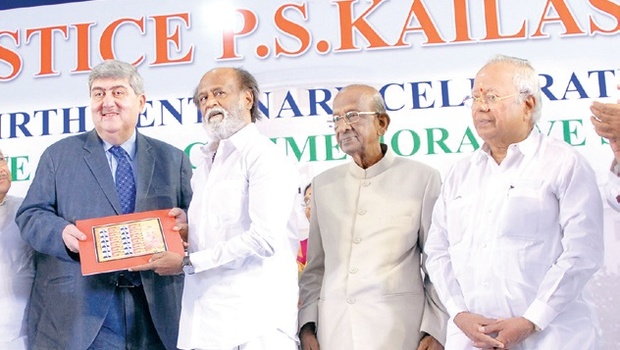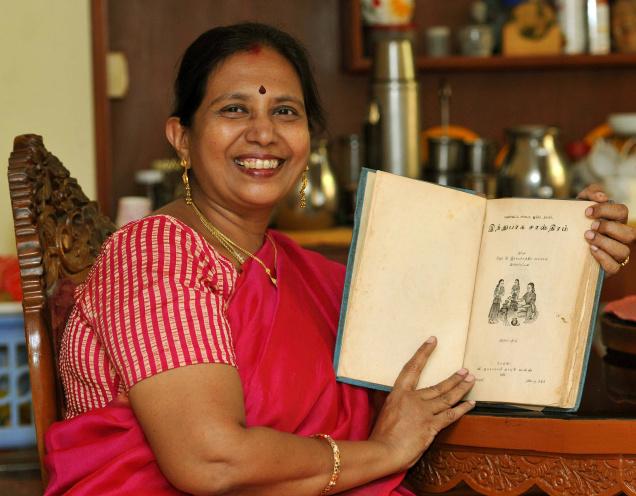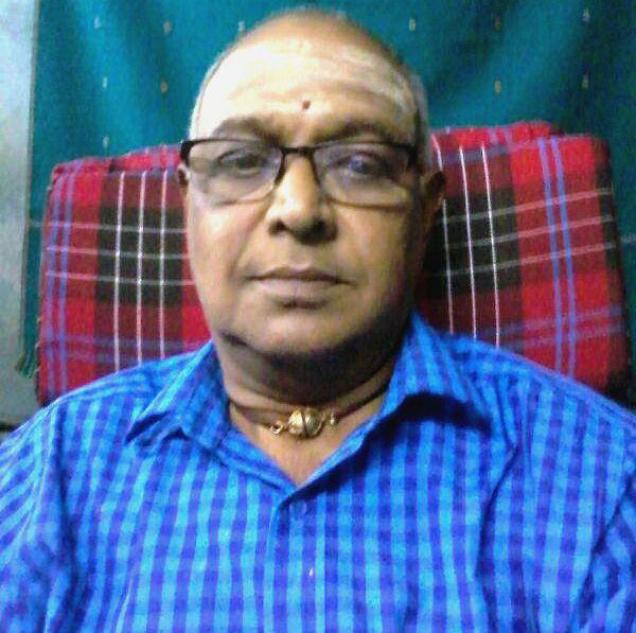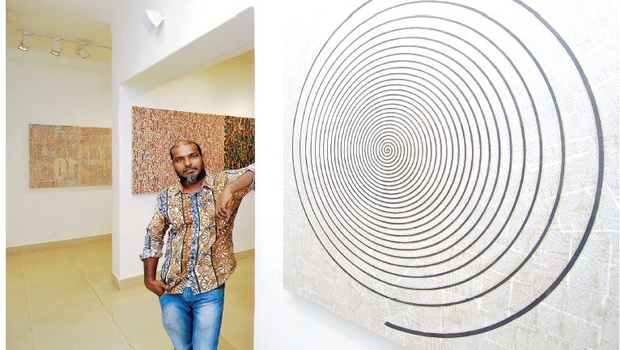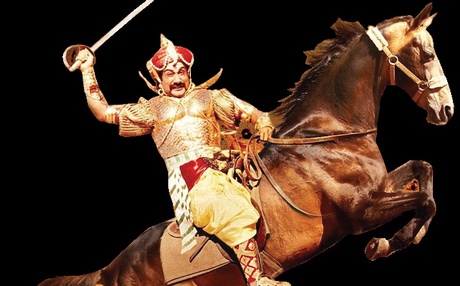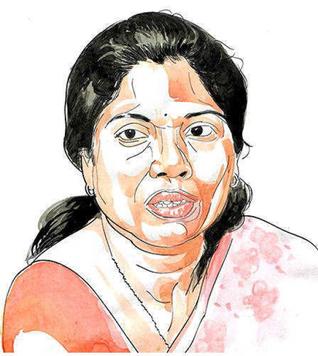
P. Sivakami’s novel has incidents that a Dalit officer may face in her career
The story of Neela, a fictional IAS officer, may find resonance among civil servants, especially Dalits, who feel they are under undue pressure.
At a time when the State is concerned about the plight of officers such as DSP Vishupriya, whose recent suicide is suspected to be under pressure from various quarters , Unmaikku Munnum Pinnum , a work of fiction, seeks to unmask the attitude of the administration towards Dalit officers.
However, Neela, the protagonist in former IAS officer P. Sivakami’s novel, shows steely determination in the face of humiliation, discrimination and agonising moments.
Ms. Sivakami, who took voluntary retirement some years ago to take the plunge into politics, seems to contend that such problems are faced more by Dalits, as other employees are protected by their caste status.
The novel also gives insights into the functioning of civil servants and how IAS and IPS officers tend to identify themselves with one party or other to reap personal benefits.
Pressure from politicians
“More often than not, officials succumb to pressure from politicians; and caste affinity seems to decide their conduct while in service. They are ready to do anything to please their political masters,” says Ms. Sivakami.
In the case of Vishnupriya, she says, her superiors chose to view her investigation into a murder case from a caste angle only because she was a Dalit, even though she commanded credibility as an officer.
“Would it have happened to an officer from another caste,” asks Ms. Sivakami, whose heroine Neela is slapped with memo after memo in the novel, and is put on compulsory wait for helping the oppressed section of society.
The novel was serialised in Tamil magazine ‘Pudhiya Kodangi’ when Ms Sivakami was in service.
It has many incidents that seem close to real life events that a Dalit officer may face in her career. For instance, Neela is punished for overzealousness in her duties as secretary of the Adi Dravidar Welfare Department.
She is pressurised by the administration to apologise for her activities, and even a senior Dalit officer on extension is roped in to persuade her to “abide by the rules.” But, she refuses to give it in writing regretting her social activities.
Neela is portrayed as a sportsperson, well-read and with an independent mind. Her aim to become a public servant is driven by the desire to serve her people and not by the privileges that civil service offers.
This probably is the first novel on the functioning of bureaucracy in the State
source: http://www.thehindu.com / The Hindu / Home> News> Cities> Chennai / by B. Kolappan / Chennai – September 28th, 2015
